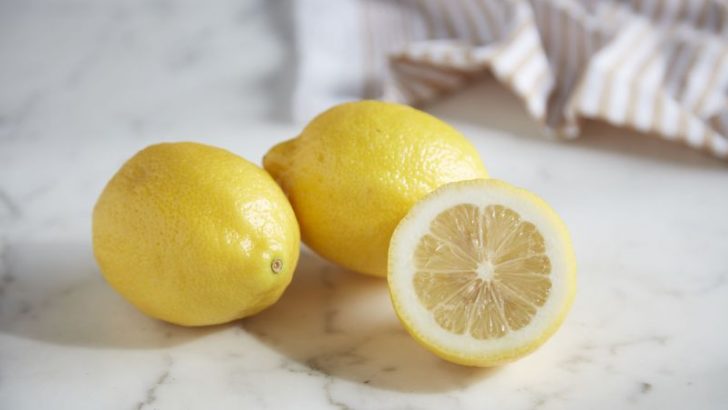In a world where modern conveniences are at our fingertips, it’s easy to forget the simple, ingenious tricks our great grandparents used in their daily lives. These timeless hacks offer not only a peek into history but also practical solutions that stand the test of time. Let’s explore nine fascinating home hacks that were once common practices in every household. Whether it’s for cleaning, organizing, or preserving, these methods showcase the resourcefulness and creativity of generations past. Rediscover these vintage home hacks, and perhaps you’ll find some inspiration to incorporate them into your own home today!
1. Baking Soda for Cleaning
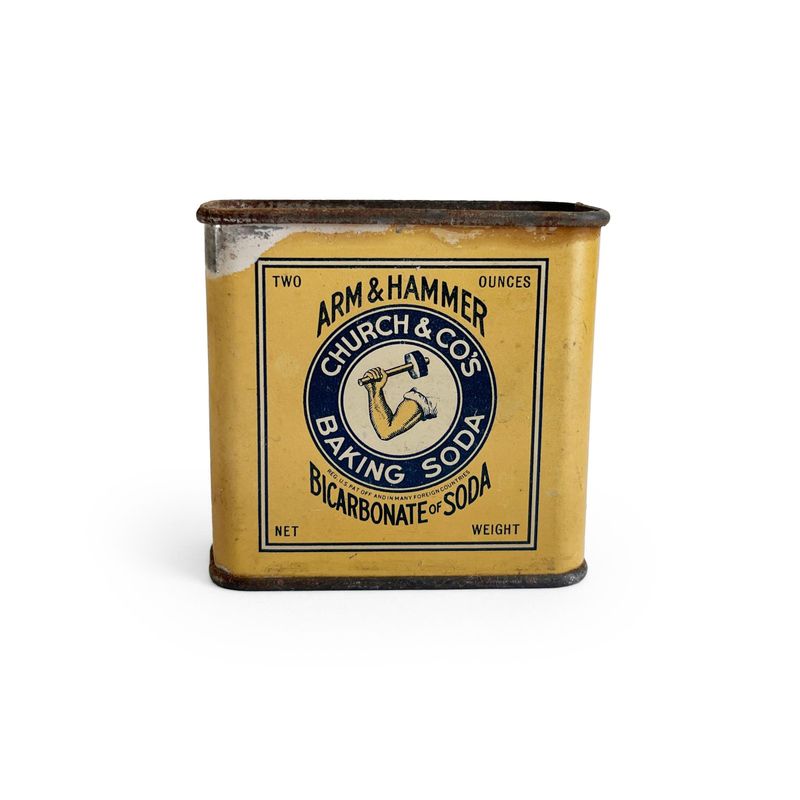
Baking soda was a staple in every household, not just for baking but for cleaning purposes. Its natural abrasive properties make it ideal for scrubbing stubborn stains. For instance, mixing baking soda with water to create a paste can efficiently clean sinks and countertops. Not only is it effective, but it’s also eco-friendly and safe for most surfaces. In the past, this versatile powder was often a go-to solution for various cleaning tasks. Its simplicity and efficacy continue to make it a favorite choice for those seeking natural cleaning alternatives.
2. Vinegar for Windows
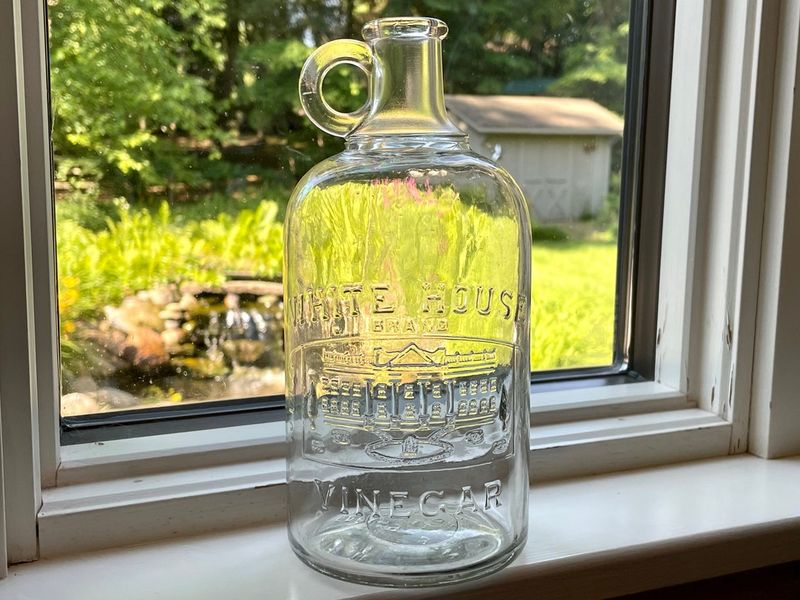
Our great grandparents knew the secret to sparkling windows: vinegar. This common household item was used to achieve streak-free glass surfaces. Mixed with water, it effectively removes dirt and grime. The acidity of vinegar breaks down mineral deposits, leaving windows clear and shiny. In an era without specialized cleaning products, vinegar provided an accessible and affordable solution. It was a simple yet effective method that many still use today. The tradition of using vinegar showcases the ingenuity and practicality of past generations in maintaining a clean home environment.
3. Salt for Restoring Iron Pans
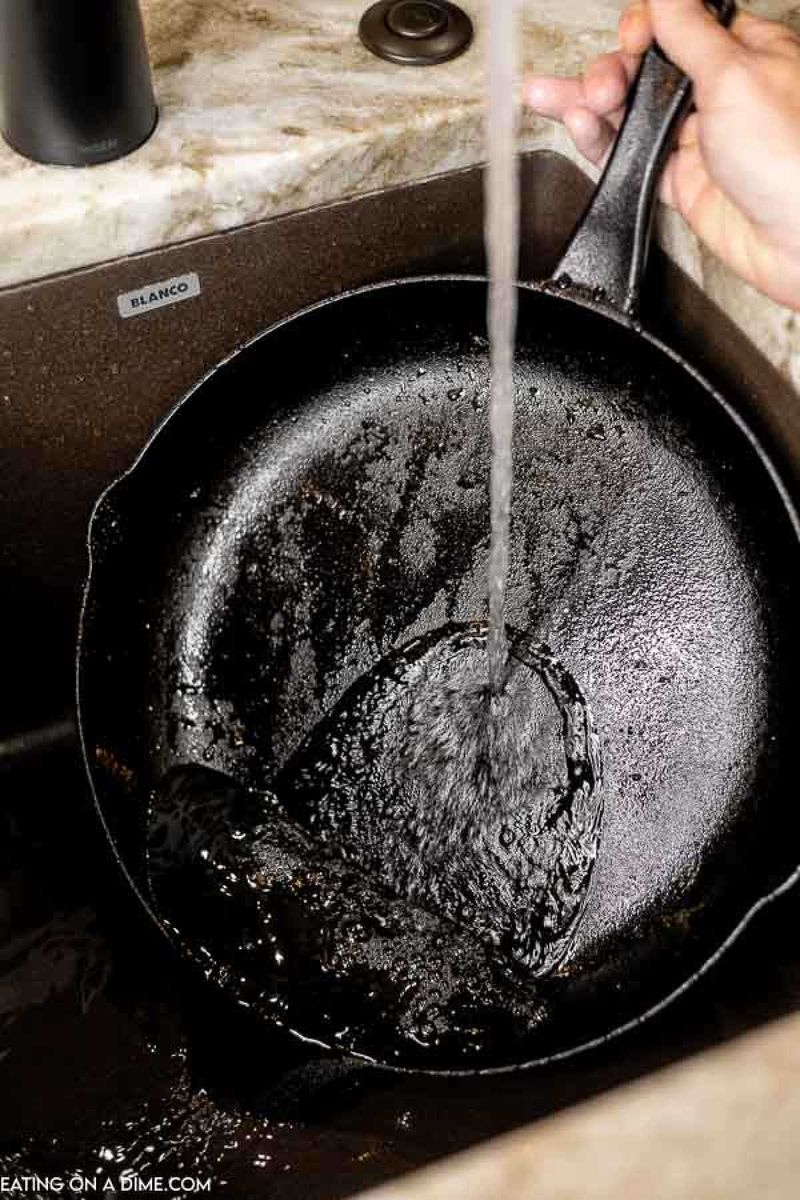
To restore the luster of iron pans, our ancestors turned to salt. Coarse salt, when scrubbed on the surface of cast iron, can effectively remove rust and food residues without damaging the pan. This method helps in keeping the pan seasoned and ready for cooking. It’s a natural way to maintain cookware, avoiding the need for harsh chemicals. This technique reflects the wisdom of utilizing available resources to keep kitchenware in top condition. Even today, many culinary enthusiasts swear by this traditional method for its effectiveness in preserving iron cookware.
4. Herbs for Natural Air Fresheners
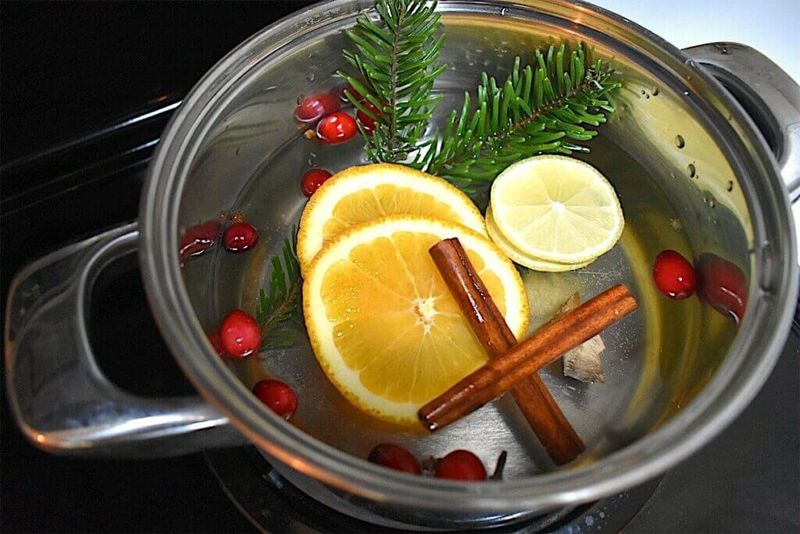
Long before commercial air fresheners, aromatic herbs were the choice for creating a pleasant home atmosphere. Bundles of dried rosemary, lavender, and mint were hung in homes to naturally scent the air. These herbs not only provided fragrance but also had antibacterial properties, enhancing the air quality. This practice was a harmonious blend of beauty and functionality. It exemplifies how natural elements were harnessed to improve living spaces. Today, the charm and practicality of herbal air fresheners are being rediscovered, proving the lasting value of these age-old techniques.
5. Newspaper for Polishing
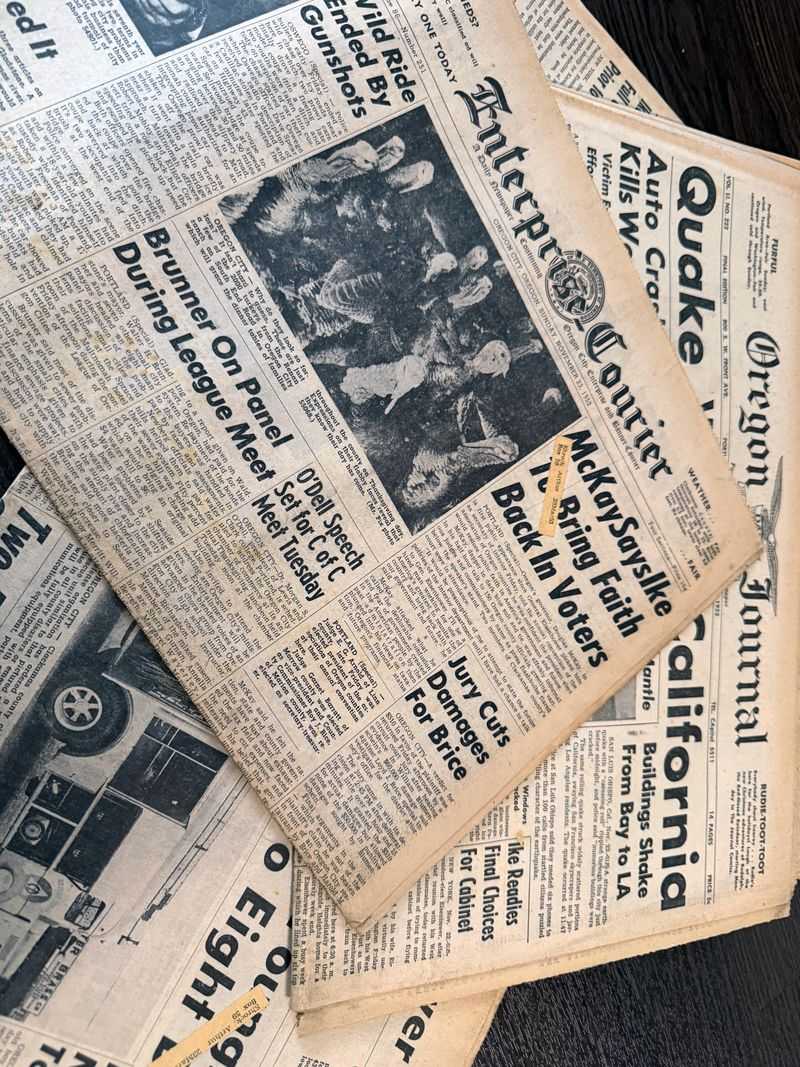
In the past, newspapers had a second life beyond reading material. They were commonly used for polishing mirrors and windows. The ink and texture of newspaper act as a polishing agent, preventing streaks and leaving surfaces gleaming. This method was not only cost-effective but also a clever way to recycle materials. It demonstrates a resourceful approach to household maintenance. The practice of using newspapers for polishing has been handed down through generations, showcasing the sustainability and effectiveness of utilizing everyday items in cleaning routines.
6. Lemon for Removing Odors
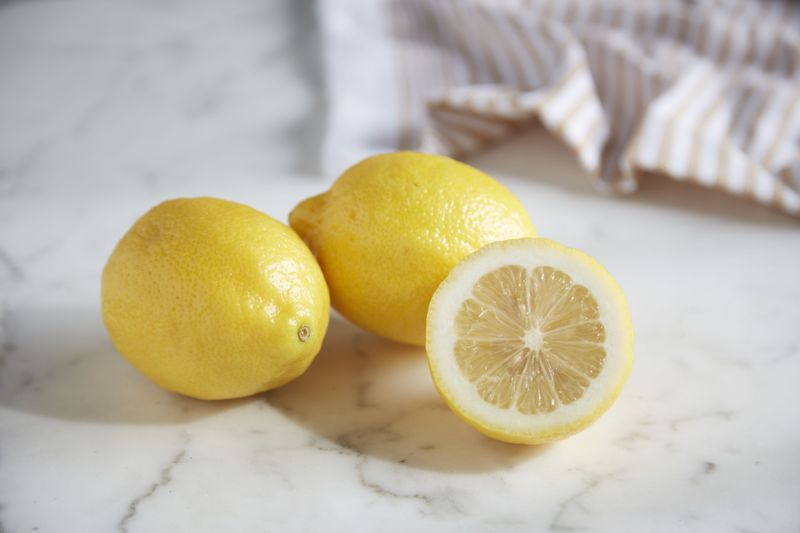
Lemons were a natural choice for combating household odors. Their fresh scent and acidic properties made them perfect for neutralizing unpleasant smells. Sliced lemons in a bowl of water or rubbed on surfaces could effectively eliminate odors. This hack was a natural, chemical-free method to refresh the home environment. It highlights a time when simplicity and ingenuity were key to maintaining a pleasant living space. The use of lemons for odor removal remains popular, cherished for its natural effectiveness and the refreshing ambiance it creates.
7. Potatoes for Silverware
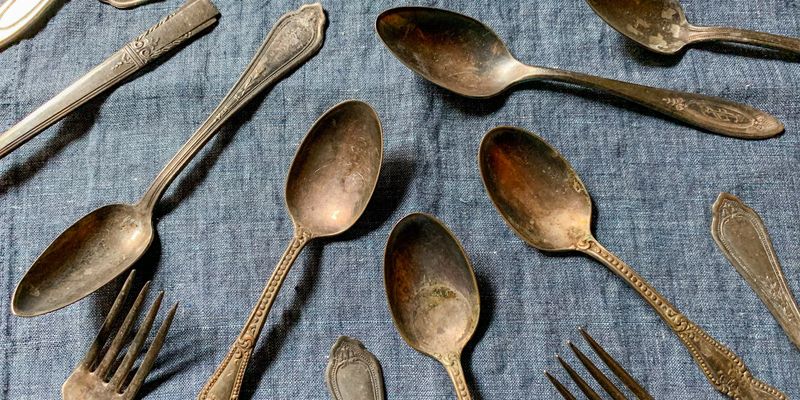
Did you know that potatoes were once a secret weapon for cleaning silverware? The starch in potatoes helps in tarnish removal, restoring the shine to silver items. By simply rubbing a potato slice on tarnished areas, one could achieve a radiant finish. This practice was an ingenious use of common kitchen ingredients to maintain household items. It reflects the creativity and resourcefulness of past generations. Even today, this quirky yet effective method is appreciated by those who prefer natural cleaning solutions for their cherished silverware.
8. Beeswax for Preserving Wood
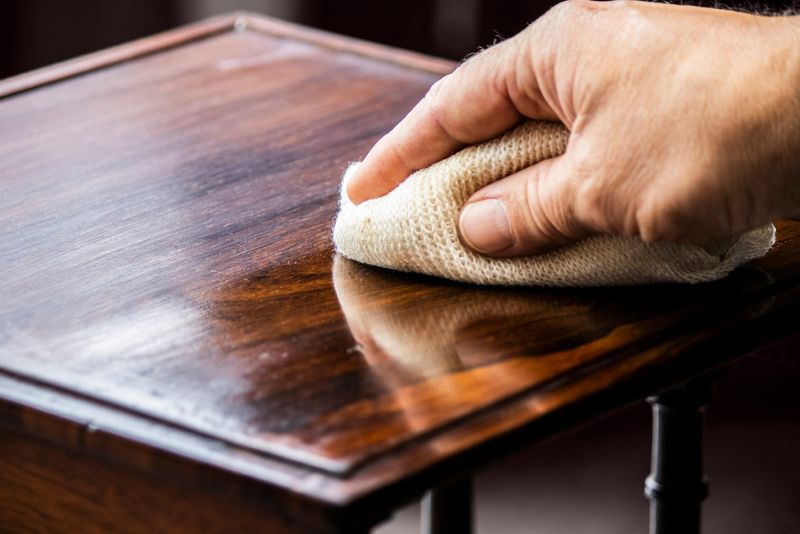
Beeswax was the polish of choice for preserving wooden furniture. Its natural properties protect wood from drying out and add a rich, glossy finish. Applying beeswax was a labor of love, ensuring that furniture remained beautiful for generations. This practice embodied a deep respect for craftsmanship and quality. It highlights a time when care and attention were integral to household maintenance. The use of beeswax continues to be a beloved tradition, valued for its ability to enhance the natural beauty of wood while preserving its integrity.
9. Starch for Stiffening Fabrics
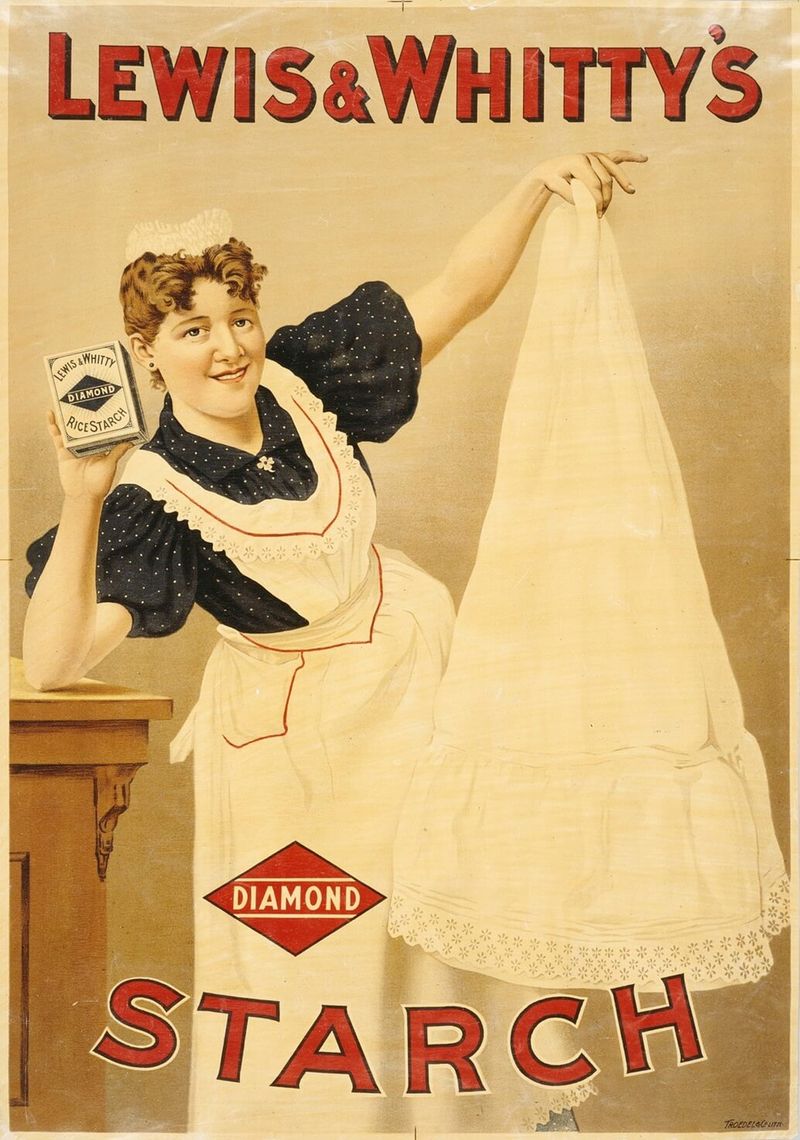
Starch was an essential tool in laundry rooms for giving fabrics a crisp finish. By applying starch to collars and cuffs, clothes maintained a sharp appearance. This technique was especially popular in the days when presentation was paramount. The use of starch reflects an era where meticulous attention to detail was valued. It provided a simple yet effective way to achieve a polished look. Today, while less common, the practice of starching fabrics remains a testament to the dedication to personal presentation and the timeless pursuit of elegance in everyday attire.

